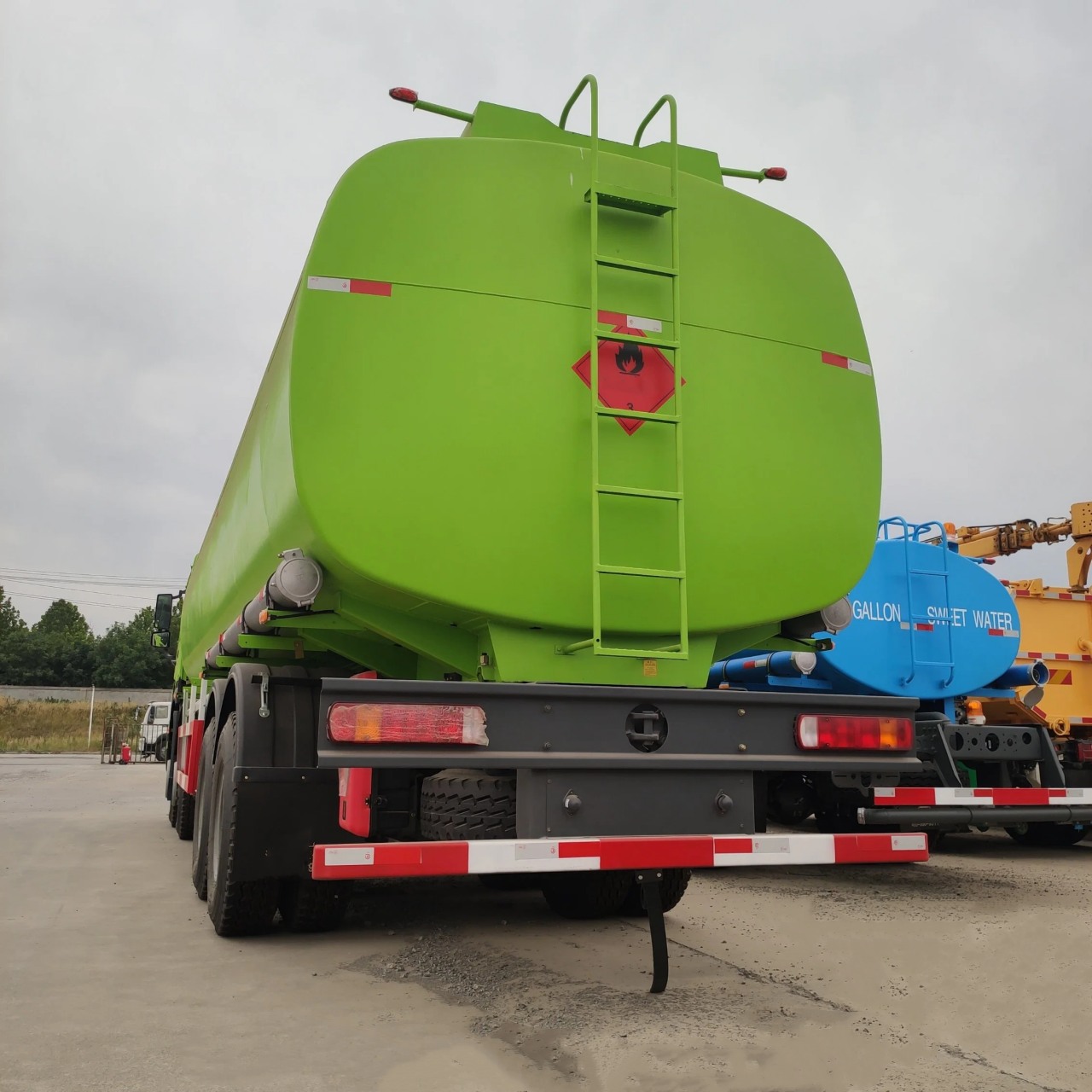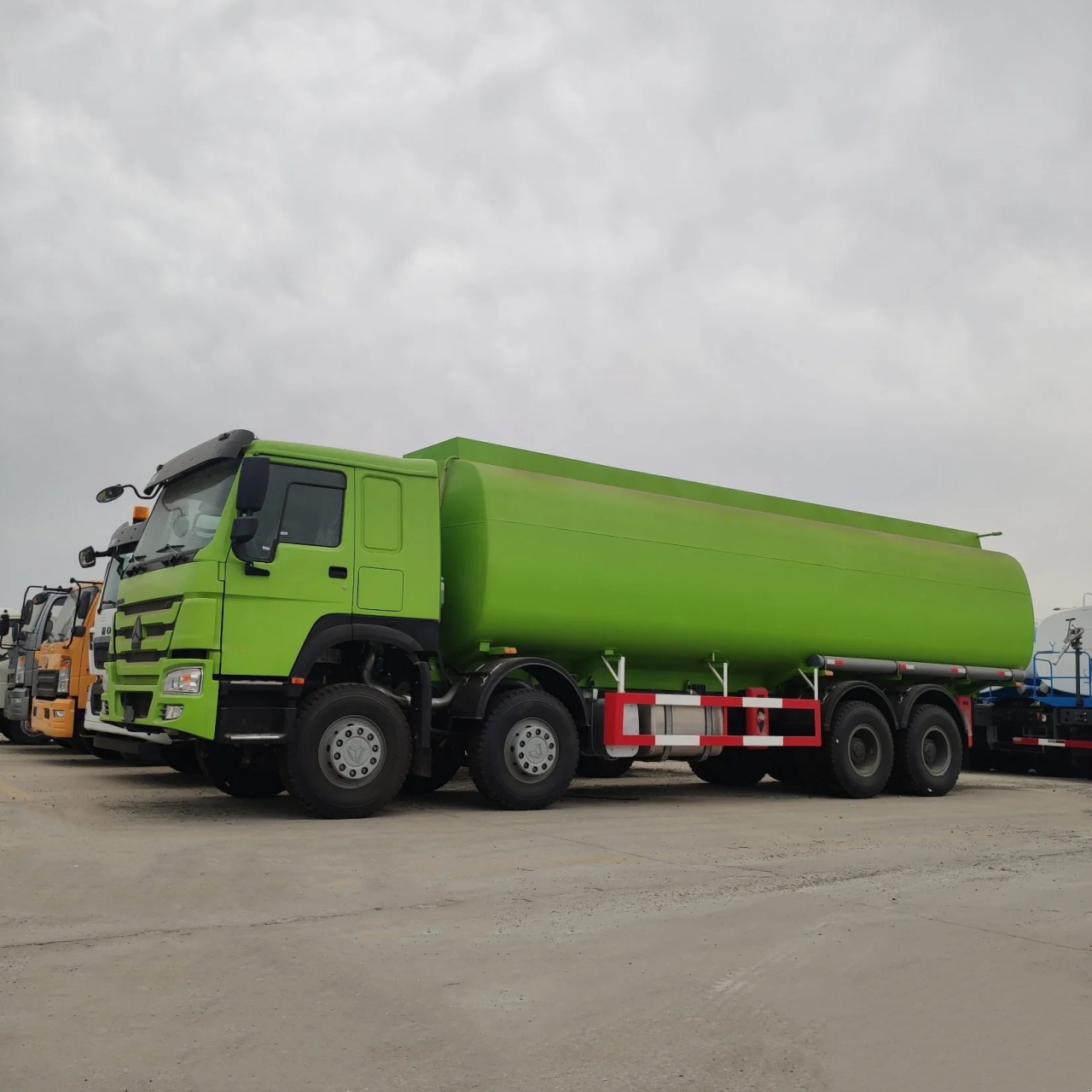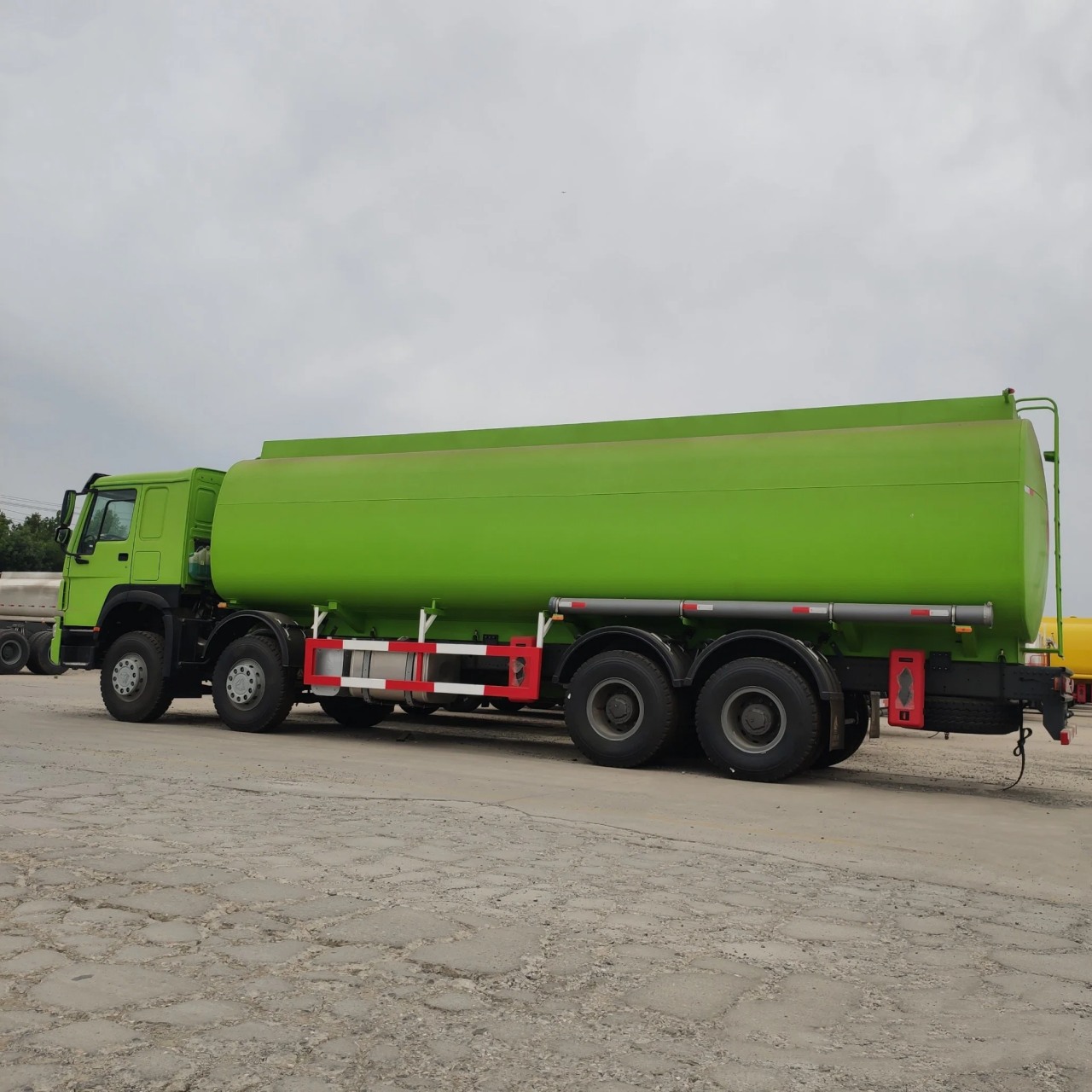In industries that rely on oil for heating, lubrication, or fuel, such as manufacturing, construction, and transportation, understanding terms related to oil delivery is crucial for operations and budgeting. One such important term is “Minimum Oil Delivery.” Though it may sound simple, this concept holds weight in logistics, fuel contracts, environmental compliance, and cost-efficiency strategies.
This article explores the meaning, significance, and practical implications of minimum oil delivery in various contexts, especially focusing on commercial and industrial oil supply operations.
Definition of Minimum Oil Delivery
Minimum Oil Delivery refers to the smallest allowable quantity of oil that a supplier is willing to deliver to a customer in a single shipment. This threshold is typically set by oil distribution companies to optimize operational costs and maintain profitability.
The specific quantity varies between suppliers and regions, but common minimums range from 100 gallons (about 378 liters) for residential or small commercial deliveries to 500 gallons or more for industrial or bulk deliveries. For pipeline or rail delivery systems, the minimums can scale up significantly.
Why is There a Minimum?
Minimum delivery thresholds exist for several reasons:
1. Operational Efficiency
Fuel trucks, tankers, and personnel are costly resources. Scheduling a delivery involves fuel for the vehicle, driver time, and wear-and-tear on the equipment. A very small delivery would cost more to perform than it generates in revenue, leading to inefficiencies and losses for the supplier.
2. Logistical Planning
Minimums help streamline route planning and ensure the fleet operates at optimal capacity. A truck delivering to multiple customers with minimum load limits allows the supplier to reduce the number of trips, thus saving time and fuel.
3. Economic Justification
From a business standpoint, transporting tiny quantities of oil is not cost-effective. Setting a minimum ensures that every delivery meets a basic revenue threshold.
4. Safety and Regulations
In some cases, regulations regarding hazardous materials (like heating oil or diesel) may impose handling requirements that make small deliveries disproportionately expensive or risky.
Where Minimum Oil Delivery Applies
1. Residential Heating Oil
In colder climates, homes with oil-based heating systems rely on periodic refills of heating oil. While suppliers offer flexible delivery services, they often set a minimum—say 100 or 150 gallons. This ensures the visit is economically viable.
2. Commercial and Industrial Fueling
Factories, farms, and transport companies require large volumes of diesel, lubricating oil, or other petroleum products. Here, minimum deliveries are much higher, often starting at 300 to 500 gallons, to match the scale of operations.
3. Construction Sites
Heavy machinery like excavators, bulldozers, and generators may need on-site refueling. Suppliers often set minimums not only for economic reasons, but to ensure tanks and equipment are filled to safe operational levels.
4. Marine and Aviation Fueling
In specialized industries like shipping and aviation, fuel delivery is handled on a large scale. Minimum delivery quantities are extremely high, often defined in tonnes or barrels rather than gallons or liters.
Minimum Oil Delivery in Contracts and Agreements
For regular or bulk purchasers, oil delivery is usually governed by a service contract. These contracts typically include:
- Minimum delivery clause: Outlines the smallest quantity per trip.
- Frequency of delivery: Some customers may receive oil weekly, monthly, or seasonally.
- Delivery schedule: Either fixed (e.g., every Monday) or “will-call” (customer initiates).
- Penalty clauses: If a customer refuses delivery after ordering below the minimum threshold, they may incur fees.
This structure helps both parties manage expectations and maintain consistent service levels.
Factors That Affect Minimum Oil Delivery Thresholds
1. Supplier Size and Reach
Large oil companies with extensive logistics networks may be able to offer smaller minimum deliveries due to route density and economies of scale. Smaller or local companies may set higher minimums to protect profitability.
2. Location and Accessibility
In rural or remote areas, where delivery routes are longer and less frequent, suppliers often require higher minimums to justify the trip.
3. Product Type
Different oils have different handling requirements. For instance, lubricants may have lower minimums than diesel fuel due to storage and handling differences.
4. Storage Tank Capacity
The customer’s available storage capacity can also influence delivery volume. Many companies design their tanks to match the typical minimum delivery offered by suppliers.
What Happens If You Order Less Than the Minimum?
If a customer attempts to place an order below the supplier’s minimum threshold, several outcomes are possible:
- Order Refused: The supplier simply declines to fulfill the order.
- Surcharge Applied: A small delivery fee may be added to offset the cost.
- Delivery Delayed: Supplier may wait to batch your order with others in the area.
- Customer Re-educated: Some companies will use this as an opportunity to explain the cost structure and recommend optimal ordering volumes.
Exceptions and Flexible Options
Some suppliers, especially in competitive markets, may offer flexibility:
- “Top-Off” Services: If a truck is already in the area, they may top off your tank even if the volume is low.
- Emergency Deliveries: In case of outages or weather emergencies, suppliers may waive the minimum temporarily.
- Prepaid Plans: Customers may pay in advance for a season’s worth of oil, allowing smaller, more frequent deliveries within the prepaid amount.
How to Manage Around Minimums
For customers, understanding and planning around minimum oil delivery thresholds is key to avoiding disruptions and unexpected charges. Here are a few tips:
- Track Usage: Regularly monitor your tank levels and predict when you’ll need refills.
- Order Early: Avoid emergency refills that might not meet the minimum.
- Coordinate with Neighbors: In residential areas, group purchases can help meet the minimum and reduce delivery costs.
- Discuss with Suppliers: Establish a relationship with your supplier and inquire about flexibility or special programs.
- Optimize Tank Size: If your tank is too small to meet common delivery minimums, consider upgrading it.
Conclusion
Minimum oil delivery is a critical concept in the petroleum logistics and supply chain, ensuring that delivery operations remain efficient, economical, and sustainable. While it may seem like a minor detail, understanding and planning for minimum delivery thresholds can help businesses and individuals save money, avoid service issues, and streamline their fuel management.
Whether you’re a homeowner relying on heating oil or a logistics manager coordinating fuel for an entire fleet, being aware of your supplier’s minimum oil delivery requirements is a practical and essential aspect of fuel consumption planning.






